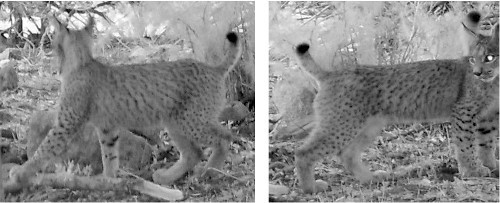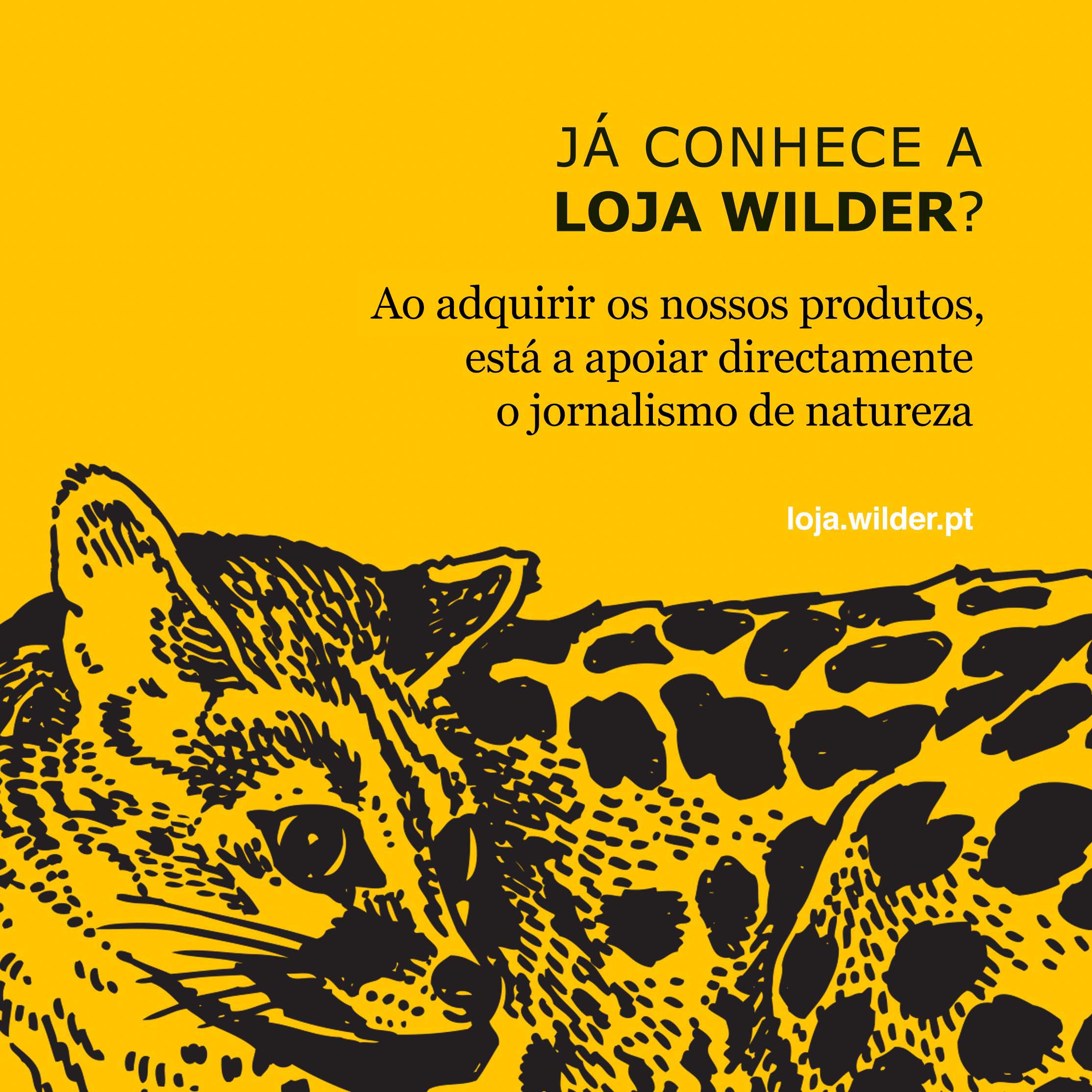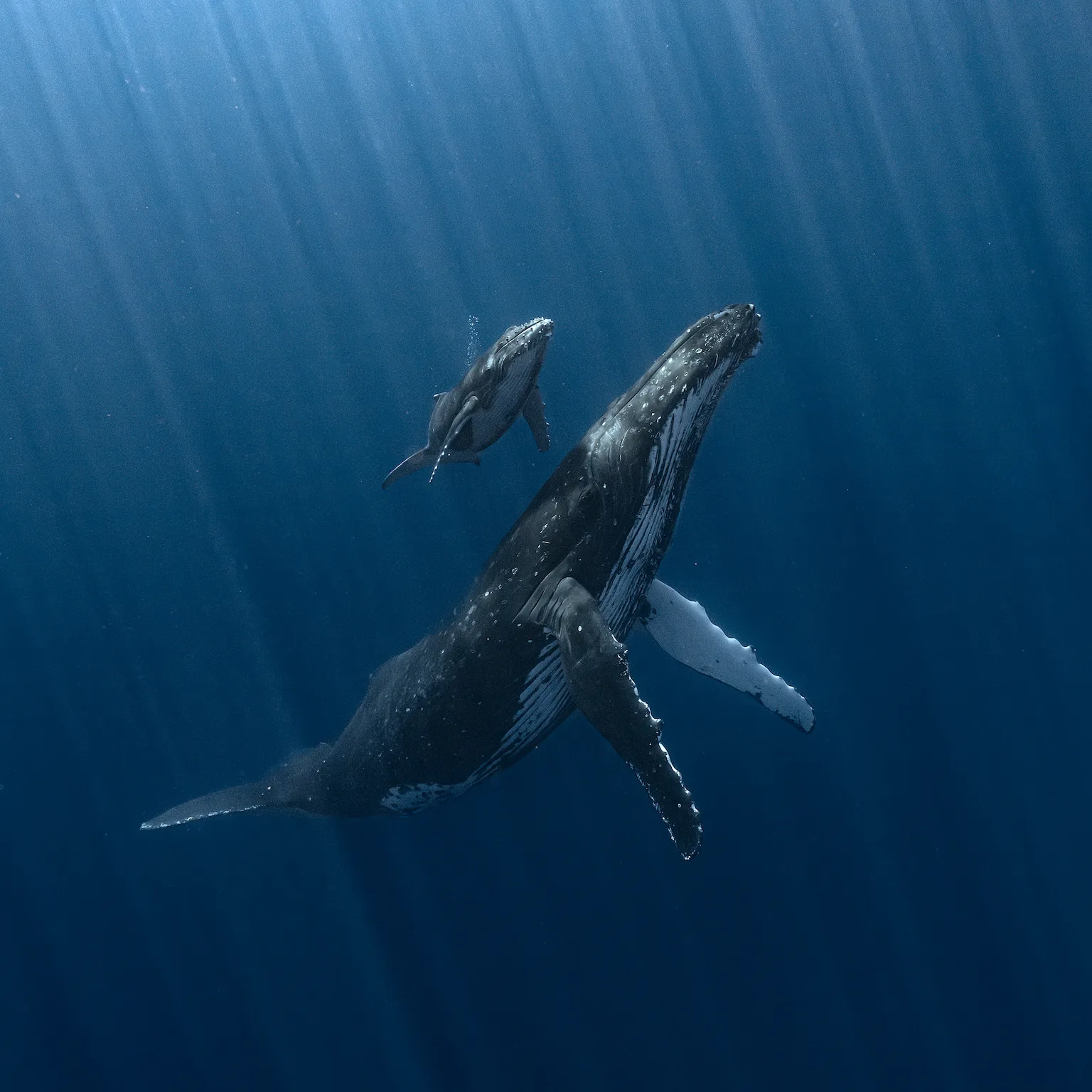The team of Iberlince project, working to save one of the most endangered mammals on the planet, couldn’t believe their eyes. The photos captured by photo trapping on Sierra Andújar, in Spain, showed a litter of five cubs living in the wild. The most normal thing is litters of two cubs.
“Sometimes, monitoring lynx in the wild through photo trapping brings us surprises and problems to solve”, the experts of Iberlince say. This project aims to promote new lynx populations in nature and bring this species back to the Iberian Peninsula.
This story happens in one of the new lynx territories in Sierra Andújar (Jaén), in Andaluzia Spanish province. Conservationists were following some lynx by photo trapping. One of the things they wanted to know was if one female, Gargantilla, had been able to reproduce by the second time.
In the Iberian-lynx natural calendar, the females start to give birth in March. Last year, at the end of the spring, the experts got their images of the first three cubs. Since then, they doubled their efforts to follow the animals, in order to begin to identify them. They do this by observing the spots on their fur, unique for each individual.

“The photos arriving through summer brought us a huge puzzle to solve. First, we could only see the back of four nervous and fidgeting cubs. At last, there were five cubs! What a surprise!”, they told.
After studying the different spots in their fur, the experts were able to identify five cubs: Malabar (male), Maganel (male), Moquiguelo (male), Morito (undetermined sex) and Moheña (female).
They believe Gargantilla is the mother of these five cubs, since there were no other females in that territory. Besides, there are photos of Gargantilla with four cubs. But one question remains: what’s the origin of that five cub? “Could it be an adoption case?”, they ask.
[divider type=”thin”]Learn more about the Iberian-lynx.
We’ve prepared a guide for you to know what Portuguese and Spanish conservationists are doing in 2016 to save this species.






